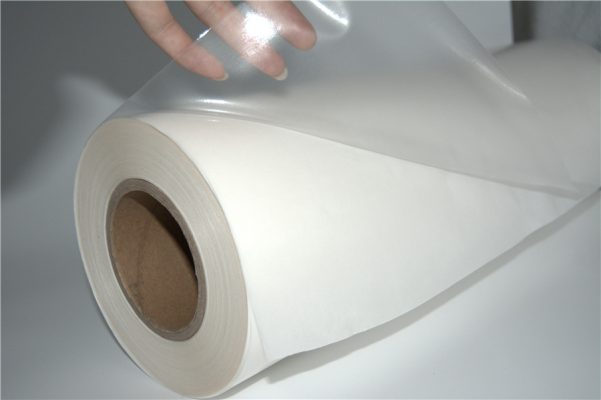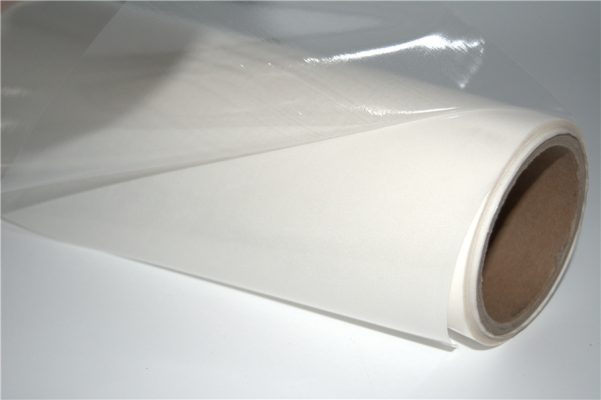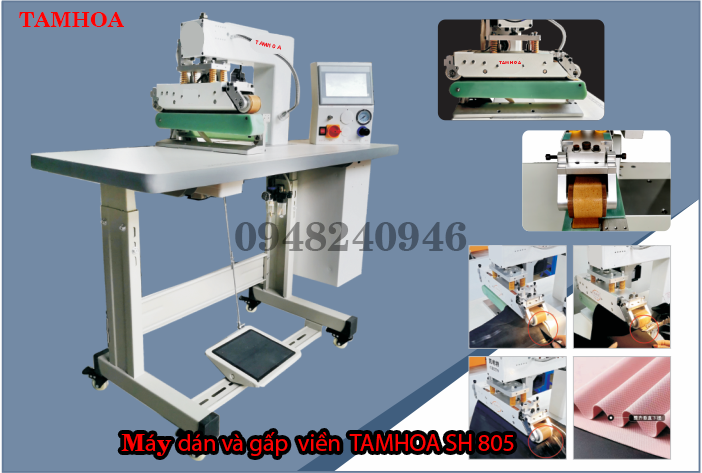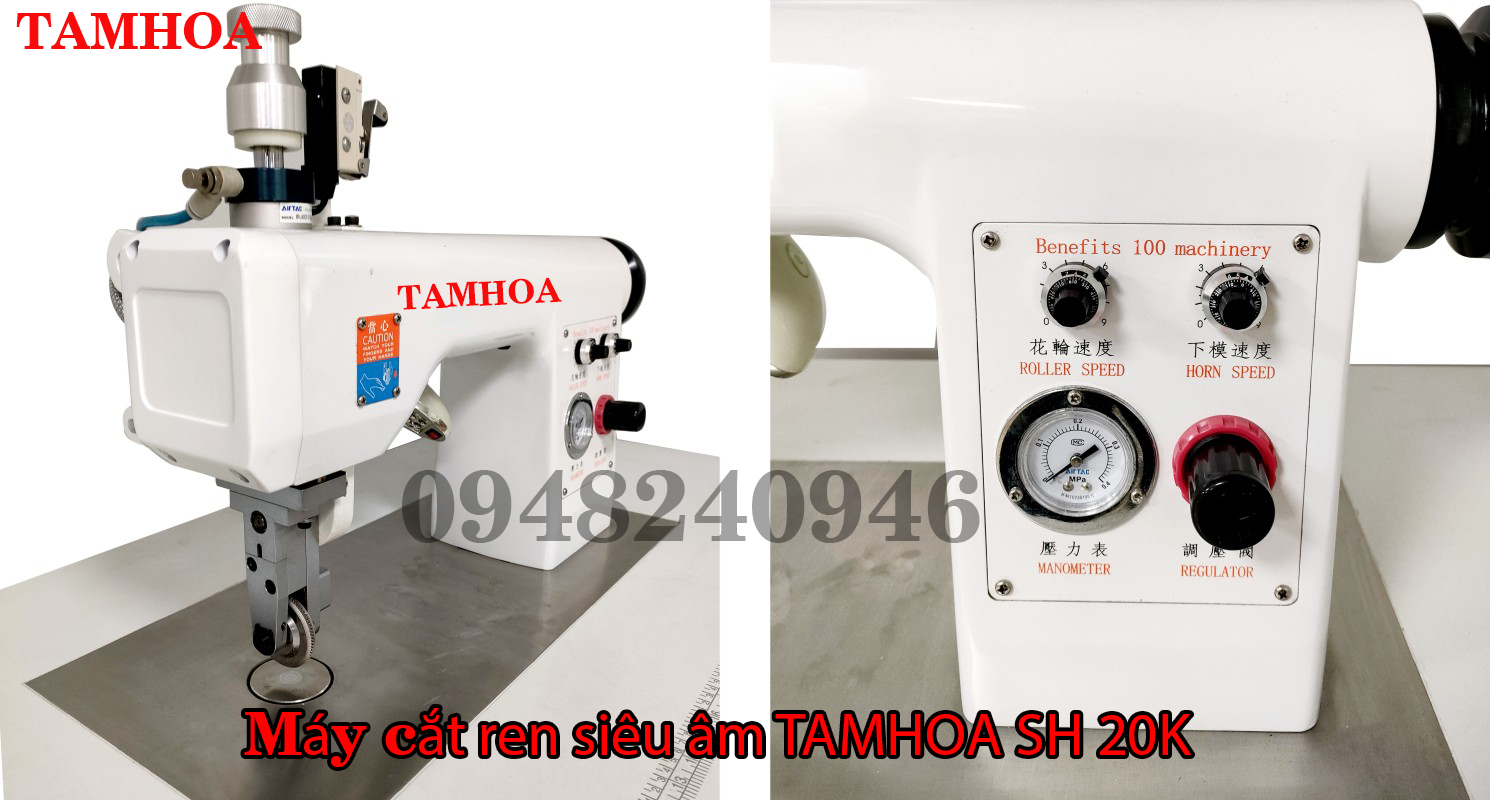Materials for the production of 2-sided ironing glue: The secret to perfect adhesion
Materials for the production of 2-sided ironing glue: The secret to perfect adhesion
2-sided ironing glue is an effective assistant for the garment, craft and printing industries. Thanks to its fast and convenient adhesion, the 2-sided ironing helps you get the job done easily and efficiently. So, what makes this adhesive stand out? Let’s explore the materials for making 2-sided ironing glue to better understand the secret behind perfect adhesion.

1. Substrate: Core for durability
The backing plays an important role in creating the durability and adhesion of the 2-sided ironing adhesive. The most common materials used for the backing include:
- Cloth: Cotton, polyester, nylon fabrics are popular choices for 2-sided ironing backing. The fabric provides softness, toughness, and good absorbency, helping the adhesive adhere firmly to the surface to be connected.
- Paper: The paper is used for thin and lightweight 2-sided ironing adhesives, often used for temporary or decorative gluing. Paper has the advantage of being easy to cut and shape, suitable for a variety of applications.
- Plastic Film: Plastic film is used for 2-sided ironing adhesives with high strength, good water and heat resistance. The plastic film helps protect the adhesive layer inside from environmental influences, increasing the service life of the product.

2. Glue: The heart of adhesion
Glue is the main ingredient that makes up the adhesion of 2-sided ironing glue. Common adhesive materials include:
- Thermoplastic: This glue has the ability to melt and stick when ironed with an iron. Thermoplastics are commonly used for double-sided ironing adhesives for fabrics.
- Acrylic glue: Acrylic glue has high adhesion, good water and heat resistance. This adhesive is commonly used for 2-sided ironing adhesives for plastics, metals, and other hard surfaces.
- Silicone Sealant: Highly resilient silicone adhesive, suitable for surfaces that need flexibility. This type of adhesive is commonly used for double-sided ironing adhesives used for leather, rubber, and other soft materials.
In addition, some 2-sided ironing adhesives may also contain other additives to enhance adhesion, heat resistance, or water resistance.
3. Protective film: Bodyguard for glue layer
The protective film is usually made of paper or thin plastic. The purpose of the film is to protect the adhesive from dirt, scratches, and accidental adhesion to other materials before use.
Choosing the right 2-sided ironing glue
With a variety of production materials, 2-sided ironing glue has many different types to suit each specific use need. When choosing a 2-sided iron, you need to pay attention to the following factors:
- Type of material to be bonded: Choose the right adhesive for the material to be adhesive, e.g. 2-sided ironing glue for fabrics, plastics, metals, leather, etc.
- Adhesion: Determine the adhesion required for your application. High adhesion adhesives will be suitable for heavy materials or those that require long-term adhesion.
- Dimension: Choose the right glue size for your needs. Glue comes in a variety of sizes, from large rolls to small pieces.
- Trademark: Choose a reputable glue brand to ensure quality and safety.
With the above information, hopefully you have a clearer view of 2-sided ironing glue production materials and can choose the right glue for your needs.
Tam Hoa
Engineering Co., Ltd. Factory Address: Que Vo 2 Industrial Park, Ngoc Xa Commune, Que Vo Town, Bac Ninh Province, Vietnam
Southern Branch: 601 Truong Chinh, Tan Thoi Nhat Ward, District 12, Ho Chi Minh
City Hotline: 0948240946 / 0968963732
Phone/ Fax 0222-3634 129/ 3634 130
MST 2300886897
Web: https://tamhoaseamless.com/
Email : [email protected]
Business Scope: Glue Gluing Machine, Fabric Cutting Machine, Folding Machine, Heat Press Machine, Ultrasonic Welding Machine, providing production equipment in garment, leather, footwear industry.







